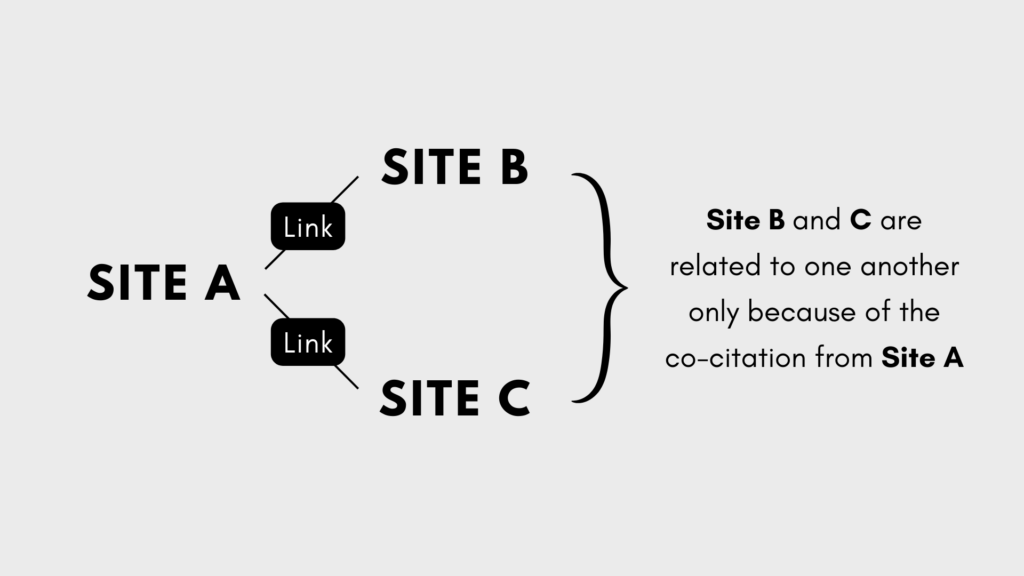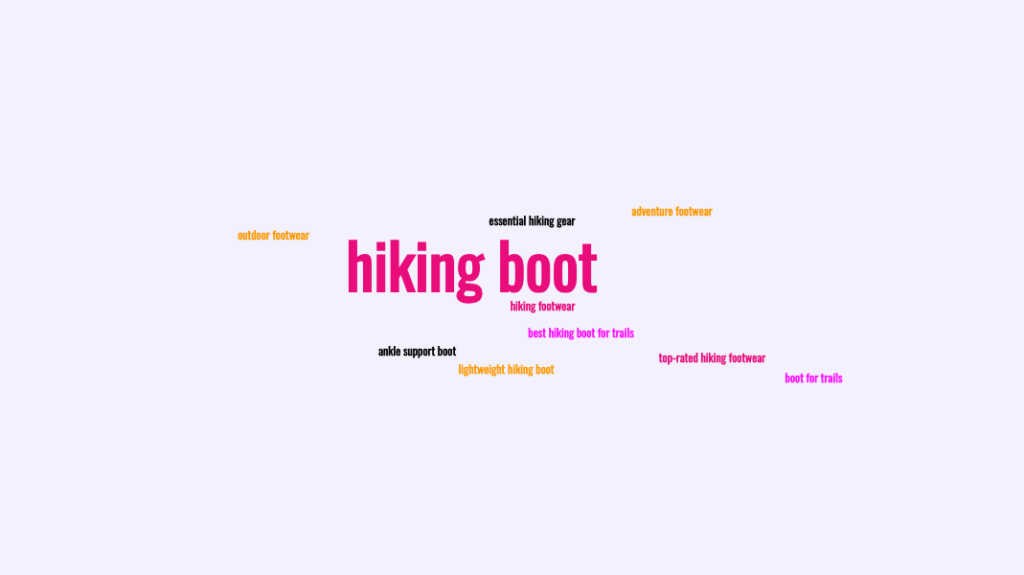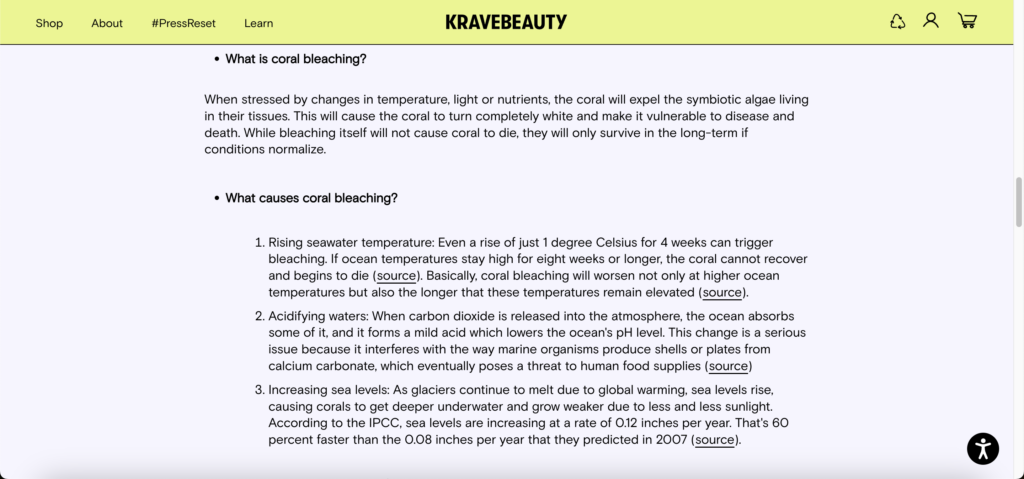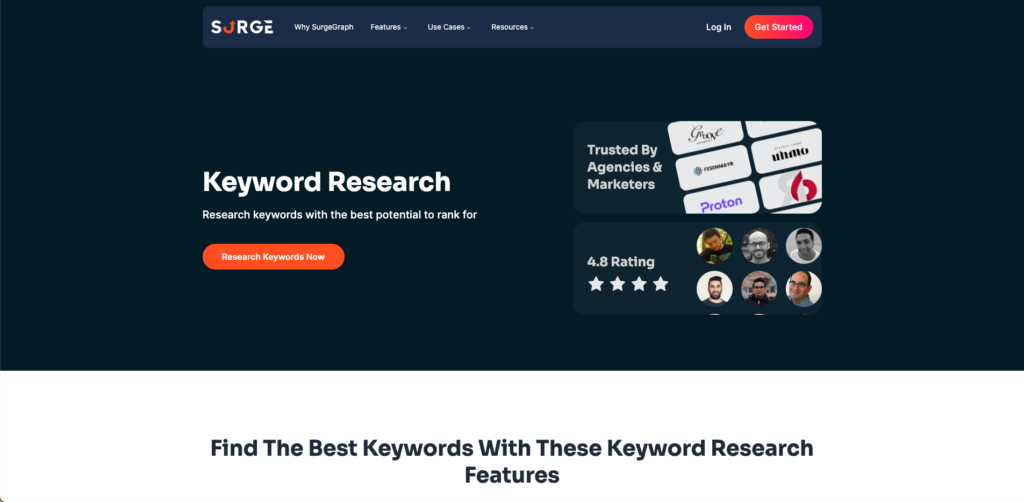
Building a solid online presence is key for businesses to stand out in today’s cutthroat markets. With millions of websites fighting for attention, it’s crucial for companies to employ effective strategies to enhance their visibility and relevance in search engine results.
One such strategy involves leveraging the power of co-citation and co-occurrence analysis. In this article, we’ll explore how businesses can use these concepts to improve their marketing efforts, strengthen their brand identity, and ultimately drive success in the digital world.
Table of Contents
Understanding Co-citation and Co-occurrence
Co-citation
Co-citation occurs when two different websites are being mentioned by the same source(s), even if they aren’t directly linked to each other.
To put it simply, if two separate websites both mention a particular website or resource in their content, that’s considered co-citation.
How does that happen? Let’s take a look at the diagrams below to help you understand better.

Website B and C are not linked to each other, but Website A co-cited both Website B and C. And because of that, Website B and C are connected.
Or vice versa:

Both Website B and C are not linked to each other, but nonetheless, both of them are connected because they co-cited Website A.
You can think of co-citation like being mentioned alongside a popular friend.
When two websites are frequently mentioned or referenced together by other websites, it’s like they’re buddies in the eyes of search engines.
Search engines would think, “Hmm, if these two websites are often talked about together, they might be related or have similar content.”
This can boost both websites’ credibility and visibility in search results, as they’re seen as part of the same trusted circle.
Co-occurrence
Cooccurrence is when certain words or phrases are frequently seen together across different web pages, even if they are not directly linked or part of the same content.
Search engines notice these patterns and think, “These words usually appear together, so they must be related.”
For SEO, if your website naturally includes words or phrases that often go together in your content, it can help search engines understand what your site is about and rank it better for relevant searches as it indicates a semantic link between them.
Let’s say you have a website about healthy eating. Some common phrases that might cooccur frequently on your site could be:
- “healthy recipes”
- “nutritious meals”
- “balanced diet”
- “organic ingredients”
These phrases are likely to appear together often because they are related to the topic of healthy eating. When search engines notice that these phrases cooccur frequently on your website, they understand that your site is probably about healthy eating or nutrition. This can help improve your site’s relevance and ranking for searches related to healthy eating or related topics.
In short, co-citation is about websites being mentioned together a lot, showing they might be related, while cooccurrence is about certain words or phrases often appearing together, helping search engines understand the content and context of a website.
Now that you understand these terms, let me share with you why these two concepts are important and why does it matter to you.
Importance of Co-citation and Co-occurrence
Let’s kick off with a little bit of history.
Co-citation and co-occurrence are not new ideas; they’ve been around well before Google’s Hummingbird update in August 2013. These concepts have long helped search engines figure out how websites and content are related to each other.
The Hummingbird update, however, has significantly advanced Google’s ability to interpret and use these concepts, among others, for ranking purposes. It shifted focus from just looking at keywords to understanding the intent and context of searches.
This means Google got better at seeing how topics or websites are connected (co-citation) and how terms tend to appear together across the web (co-occurrence), making search results more relevant and accurate.
Before Hummingbird, Google relied more on keywords and the direct connections between websites. The update allowed Google to make greater use of semantic analysis, enhancing its understanding of content and queries and leading to more accurate and useful search results.
Building upon this shift in focus, let’s delve deeper into the importance of co-citation and co-occurrence in today’s SEO landscape. By understanding how these concepts work, we can better optimize our content for search engine ranking.
1. Signals Authority and Credibility
As I brought up earlier, when websites or words/phrases often pop up together, it shows that there’s a connection. This helps search engines connect the dots and match up relevant content with what users are searching for.
So when your website gets mentioned (co-cited) alongside other reputable sources talking about similar stuff, it tells search engines that your content is trustworthy and relevant.
This indirect endorsement strengthens your website’s authority and expertise as recognized by search engines, potentially boosting its rankings.
2. Provides Contextual Understanding
Keywords are important for SEO, no doubt about it. But if you’re just fixated on keywords, you might be missing out on some serious potential. Let me break it down for you.
Imagine searching for “sustainable clothing.” While keywords like “organic cotton” and “recycled materials” are relevant, they miss the broader context of the user’s intent. They might be interested in specific sustainable practices, ethical manufacturing, or the environmental impact of different materials.
Co-occurrence comes into play here. By naturally incorporating related terms like “eco-friendly practices,” “ethical production,” and “fair trade” alongside your product descriptions, you capture the nuances of user intent. This helps search engines understand the broader conversation surrounding your product and connect it with relevant searches, even if the exact keywords aren’t present, thereby increasing the chance of getting discovered by users when searching for related topics.
Therefore, shifting your focus from chasing short-term keyword trends to focusing on co-citation and co-occurrence can help your content to adapt and remain relevant in the long run, regardless of potential algorithm changes or evolving search patterns. By prioritizing quality, expertise, and user needs, you position your website for long-term success in the ever-changing world of SEO.

3. Encourages Natural Link Building
So now that you’ve co-cited with other trusted sources on a similar topic, the search engine sees your content as valuable and relevant. This boosts the chances of others referencing and sharing your work organically, which helps build natural links.
While doing that, you’ve also understood which terms and ideas co-occur with your niche; and therefore, you’re strategically incorporating those terms and concepts into your content, making it easier for users to find when searching for related topics, potentially leading to organic mentions and links.
To sum it up, co-citation and co-occurrence don’t directly build links, but they pave the way for natural link building by:
- Signaling relevance and expertise through co-citation associations.
- Enhancing contextual understanding and discovery through co-occurring terms.
- Building trust and authority through natural and relevant content.
4. Aligns with Google’s Focus on Understanding Search Intent
Google is increasingly interested in providing search results that meet user needs comprehensively and connect different aspects of the topic being searched for.
Therefore, by focusing on co-citation and co-occurrence in content creation, you’re speaking Google’s language, which increases your chances of ranking higher in search results.
When you understand co-citation, you’re not just seeing one side of the story; you’re uncovering different perspectives on a topic. This allows you to really dig into the topic and offer a more detailed and well-rounded perspective in your content, addressing the search intent for users who may be exploring various aspects of the subject.
And co-occurrence? It helps you identify terms and concepts that naturally co-occur with your main topic, making your content more thorough in addressing user queries and demonstrating deeper comprehension of search intent.

By leveraging both, you fill content gaps, showing Google you’re the thought leader who understands user needs and their search intent. And when your content resonates with users, sparking discussions and engagement, Google takes notice. It’s a win-win – users get valuable info, and Google sees your content as top-notch, which can lead to even better rankings and engagement.
In essence, co-citation and co-occurrence act as tools to help you create content that anticipates and addresses the diverse aspects of a user’s search intent. This alignment with Google’s focus on user experience and understanding search intent is crucial for achieving higher rankings and organic visibility in search results.
So how do you leverage these two concepts to your own advantage?
Implementing Strategies
1. Content Creation
Crafting high-quality content plays a pivotal role in maximizing opportunities for co-citation and co-occurrence. When websites find value in your content, they are more likely to reference or cite it within their articles or posts. Creating informative resources that other sites want to link back to not only improves SEO rankings but also establishes your authority within the industry.
By producing compelling blog posts, guides, or infographics that offer unique insights or solutions to common problems, you increase the chances of being cited by authoritative sources online. This strategy not only enhances organic visibility but also positions your website as a go-to destination for valuable information.

Imagine you run a cooking blog, and popular culinary websites frequently reference your recipes or articles when discussing similar topics like kitchen gadgets or food trends. This interconnected web of mentions creates a virtual handshake with search engines, signaling that your website is an authority on cooking-related matters.
For example, let’s say there’s a SaaS company called Techie that makes project management software for small to medium-sized tech companies. To boost their online visibility and search rankings, Techie started making detailed guides, blog posts, and reports covering topics like “Effective Project Management Techniques” and “Remote Team Collaboration.” With a focus on providing valuable insights tailored to their target audience, Techie aimed to establish themselves as a trusted resource in the field of project management
2. Keyword and Terms Optimization
While creating engaging content, take the time to conduct thorough keyword research.
Find out what words and phrases your audience is using when they search. Look for terms related to your brand and products that are commonly used together or have similar meanings.
Then, naturally incorporate the related words and phrases to your content for co-occurrence.
This not only helps your content rank better for specific keywords but also for a wider range of searches because it shows search engines that your content is full of useful information about those topics.
Continuing on the example of Techie. Through keyword research, Techie identified a set of high-value, relevant keywords and phrases. They also enriched their content with semantically related terms, covering topics in depth to target a broader range of search queries related to project management software.

3. Collaborate with Other Experts
Developing relationships with other websites in the same industry enhances co-citation signals. By contributing content to other websites, usually within the same industry or niche, websites can increase their visibility through co-occurrence.
For instance, if a cooking blog partners with a popular food magazine for a recipe feature, both sites benefit from increased citations and mentions.
Effective relationship-building within the online community can significantly impact SEO strategies. Websites that engage in cross-promotion or co-creation of content often see improvements in their search engine rankings due to enhanced co-citation and co-occurrence signals.
This collaborative approach not only benefits individual sites but also makes the whole online community in your field stronger and more connected.

4. Continuous Analysis and Optimization
Keeping a close eye on how your SEO efforts are performing is crucial for ongoing success. Regularly monitor your SEO performance using tools like Google Analytics and Search Console to gain insights into your content and keyword rankings, website traffic, and user engagement.
Use these insights to iterate on your content and SEO strategies continuously. By optimizing your content based on what works best for your audience and brand, you can ensure ongoing success in improving visibility and search rankings.
For example, if certain keywords are performing exceptionally well, consider expanding your content around those topics or exploring related keywords to broaden your reach.
Remember that SEO is not a one-time effort but an ongoing process of refinement and adaptation. By continuously analyzing and optimizing your content, you can maximize its effectiveness and drive sustainable growth for your website in the long run.
Closing Thoughts
As the digital landscape continues to evolve, the importance of co-citation and co-occurrence in SEO cannot be overstated. Unlike traditional approaches centered around anchor text, search engines now prioritize context and relationships, making it essential for websites to adapt to these changes to maintain organic visibility.
Understanding this helps websites rank better. By using co-citation and co-occurrence in link building, sites can become more visible online and be seen as experts in their field. So, it’s crucial that we focus on quality rather than quantity. Building relationships with reputable websites that discuss similar topics can significantly boost SEO. By creating valuable content that naturally attracts attention, websites can grow their authority and succeed in the long run without resorting to shady tactics.
Frequently Asked Questions
What is the difference between co-citation and co-occurrence?
Co-citation refers to two separate websites being mentioned together on a third-party site, while co-occurrence means keywords or phrases appearing near each other across different web pages without direct hyperlinks.
How does co-citation and co-occurrence impact SEO success?
Co-citation and co-occurrence play crucial roles in improving website authority, relevance, and rankings. They help search engines understand the relationships between content, boosting visibility in search results.
Can implementing strategies for co-citation benefit link building efforts?
Yes, incorporating strategies that leverage co-citation can enhance link building by establishing associations with authoritative sites in similar niches. This approach strengthens your website’s credibility and improves organic traffic flow.
What are some implications of integrating co-citation into an SEO strategy?
Integrating co-citations into your SEO strategy can lead to improved domain authority, higher search engine rankings, increased organic traffic, and enhanced brand recognition. It helps establish your website as a reliable source within its industry.
How does understanding the future of link building relate to utilizing co-citations effectively?
When high-quality websites reference or mention another site alongside yours consistently across various web pages without direct links, it enhances both sites’ credibility. This practice signifies to search engines that your site is associated with authoritative sources within your industry.
Related Article:
The following article may contain the author’s opinions and interpretations of the subject matter. Any of the products, services, or platforms mentioned is not sponsored or affiliated.
Featured Image courtesy of vectorjuice on Freepik
